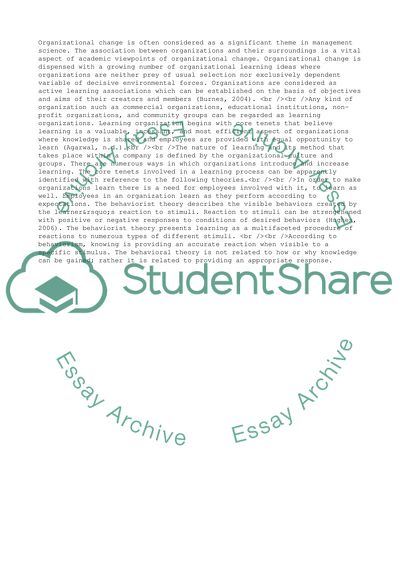Cite this document
(Change Management: Core Tenets of Learning Coursework Example | Topics and Well Written Essays - 1500 words - 1, n.d.)
Change Management: Core Tenets of Learning Coursework Example | Topics and Well Written Essays - 1500 words - 1. https://studentshare.org/management/1772742-change-management
Change Management: Core Tenets of Learning Coursework Example | Topics and Well Written Essays - 1500 words - 1. https://studentshare.org/management/1772742-change-management
(Change Management: Core Tenets of Learning Coursework Example | Topics and Well Written Essays - 1500 Words - 1)
Change Management: Core Tenets of Learning Coursework Example | Topics and Well Written Essays - 1500 Words - 1. https://studentshare.org/management/1772742-change-management.
Change Management: Core Tenets of Learning Coursework Example | Topics and Well Written Essays - 1500 Words - 1. https://studentshare.org/management/1772742-change-management.
“Change Management: Core Tenets of Learning Coursework Example | Topics and Well Written Essays - 1500 Words - 1”. https://studentshare.org/management/1772742-change-management.


